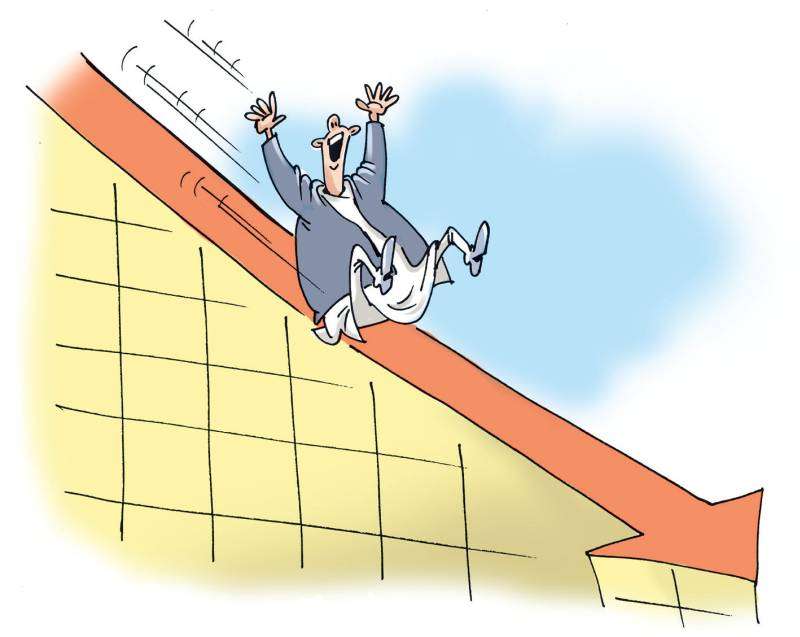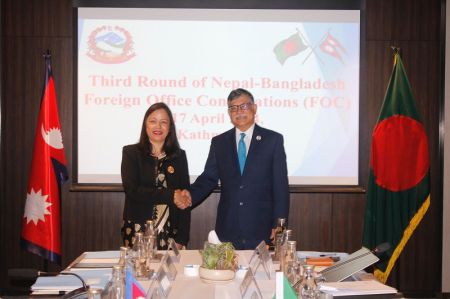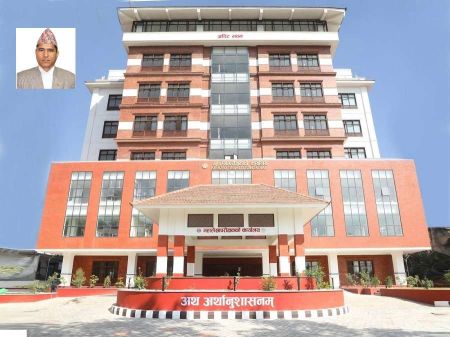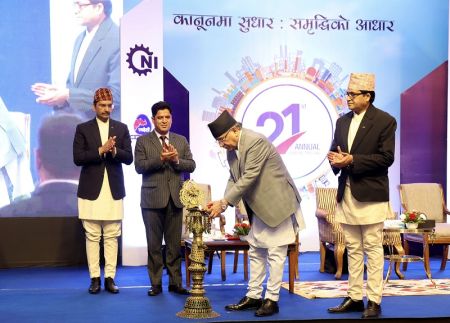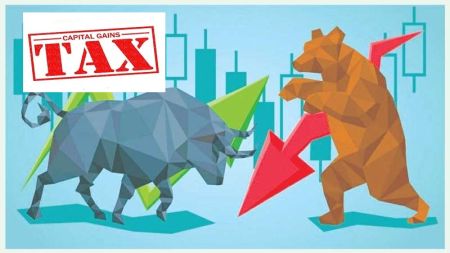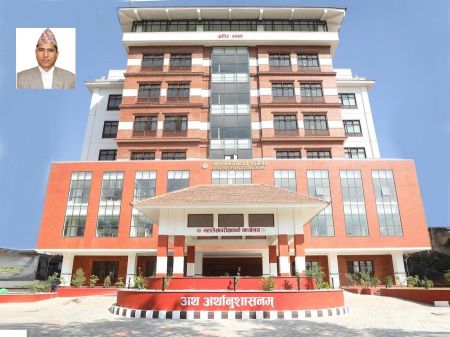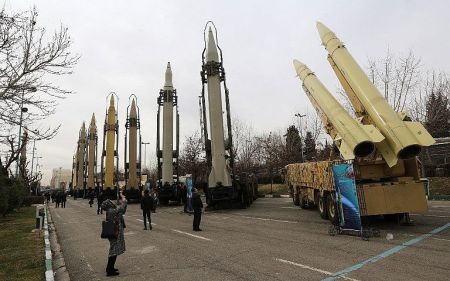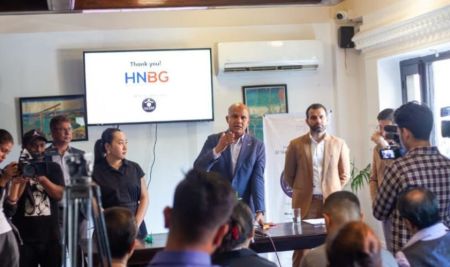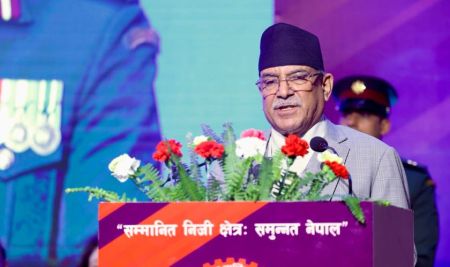--BY MADAN LAMSAL
Some people have started trying to stir up a storm in a teacup, claiming that Nepal's democracy is in danger. Sounds quite alarming. But don't worry! Nepal's democracy is not in danger- it's just that its course has changed. As early as the early 1990s, Nepali democracy was based on the bottom-up approach. Now it’s morphed into a top-down democracy after the local bodies were made defunct. It's just a sign of the changing times.
This, however, in no way means that Nepal's democracy is gone. In fact, it’s been proclaimed that the country will hold not just one but three sets of elections in 2017 alone. We have already elected or appointed nine Prime Ministers in eight years. Similarly, we have already almost and most likely unknowingly set a world record by appointing women to key state positions like the President, Speaker and the Chief Justice at the same time. Where else in the world can you find a better democracy?
The current dilemma is all about whether we should hold the local level election or the local body election. But this is not a problem. It only looks like one because we switched to the top-down approach from the bottom-up approach.
This bottom-up and top-down may sound jargonish but they are used everywhere - from development efforts to management to even socialisation. For example, while drinking with the Chinese, you have to bottom-up your glass from time to time. They say ‘gan pei’ for this and the non-Chinese, specifically we Nepalis say ‘gambay’ which sounds like ‘Ghampay’, which again seems to mean that you have to sit with a ghampa (a barrel) of the booze to stat your drinking spree. In other words, you have to empty your glass in one go, just like the Nepali banks emptying out all their investible capital at once!
There exists a certain amount of dispute between those who want to go the top-down way and those who wish to tread the bottom-up path. For example, the UML is in favour of the bottom-up approach. In other words, it wants the issues at the bottom addressed first which means it wants to hold the local elections first. But the Madhes-based parties are in favour of the top-down approach. Or, they want the top body, the parliament, to amend the constitution first before doing anything else. The Nepali Congress, which remained undecided for a long time, has inched closer to the bottom-up approach of late. The ruling Maoists want this as well as that. They want to eat their cake and have it too!
However, the market stands to benefit whether the country goes the top-down way (federal elections first) or the bottom-up way (local elections first). Elections mean spending - a lot of spending - by the government and, of course, those who fight the elections! If any kind of election is held, that will inject liquidity into the market. But elections boost another type of liquidity as well, as the sale of liquor in and around elections goes up!
It’s good that Nepal switched to top-down democracy. Because the bottom-up theory has some disadvantages. The bottom-up theory is something like an oil lamp where the oil moves from the bottom to the top through a capillary action. Whether it's about development or prosperity or just a decision, in the bottom-up approach, everything goes from the bottom to the top. This approach is not appropriate for the country. The bottom-up approach would be effective only in countries like the US where there are several springs in which the water gushes out from underground and sprays in the sky. But it is not suited for Nepal where the climate is different! In Nepal, the snow in the mountains at the top melts, becomes water and flows to the rivers from the high hills to the low plains, before crossing the border.
So, in our case, even nature takes the top-down course. In other words, the top-down theory is more 'natural' to Nepal, applying in everything - politics to prosperity, development to democracy to even making decisions! In Nepal, things have only reached those at the top so far- whether it's democracy or prosperity. It's another thing altogether to know- which is anyone’s guess- how long it will take to trickle down to those at the bottom.
Yes, we definitely are a top down democracy! By announcing local body elections, this government has done terribly wrong


